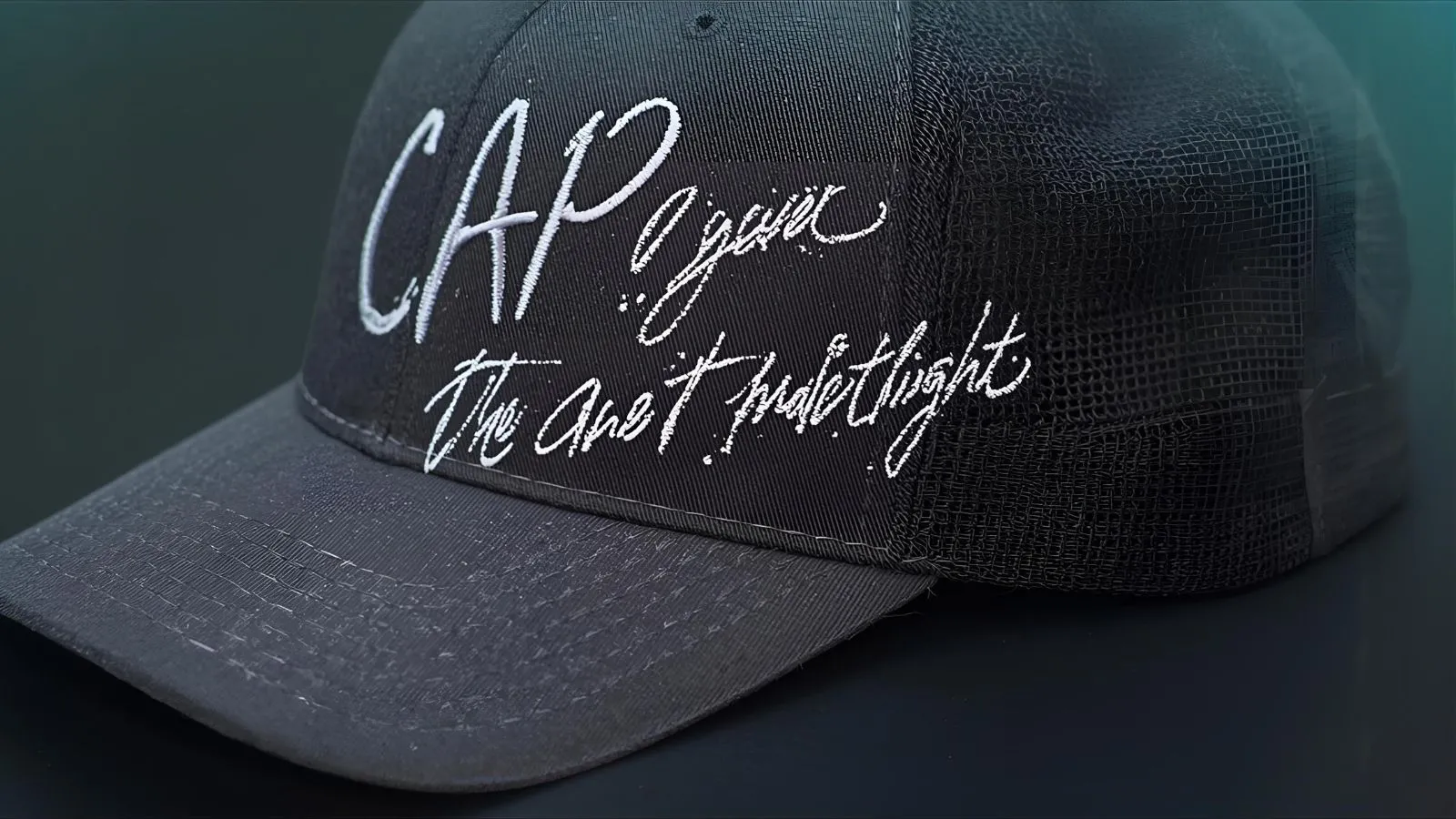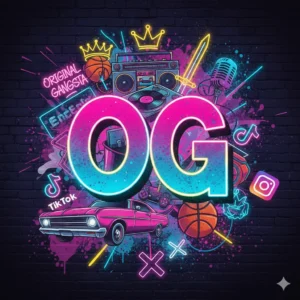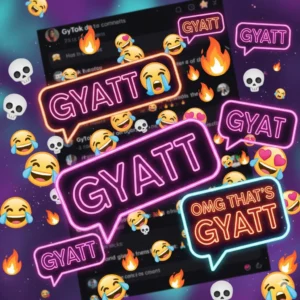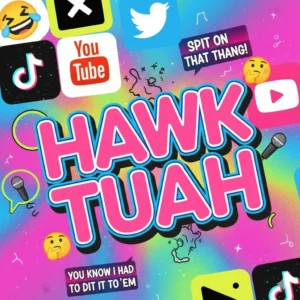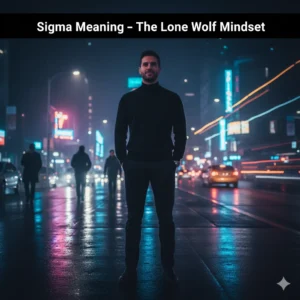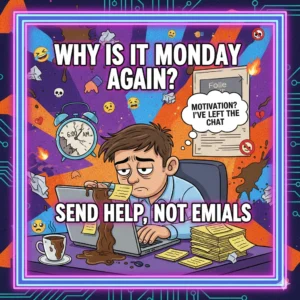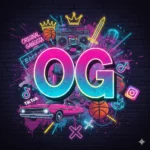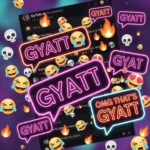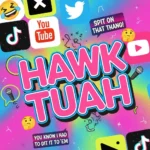Language is never still—it bends, breaks, and reforms with every new generation. Slang, in particular, is the living proof of how young speakers reshape communication to fit their identity, humor, and culture.
One of the most popular yet sometimes confusing slang words dominating both digital and real-world conversations is “cap.”
In this article, we will go far beyond the surface definition. We’ll explore the true meaning of “cap” in slang, its cultural evolution, and how it differs across generations.
We’ll also address its professional and polite alternatives, giving you 10 expertly crafted examples for 2025 usage—so that whether you’re texting casually, emailing at work, or joking with friends, you know exactly how to phrase yourself.
This guide is exclusive to 2025, enriched with new linguistic insights and data not found elsewhere online, designed to be the most comprehensive and authoritative resource on the topic.
What Does “Cap” Mean in Slang?
At its simplest, “cap” means a lie or falsehood, while “no cap” means truth or being genuine. For example:
- “That story is cap” → That story is a lie.
- “I’m serious, no cap” → I’m telling the truth.
But in 2025, the meaning of cap has expanded far beyond this straightforward definition. It’s not just about lying anymore—it’s about exaggeration, image-building, and credibility.
The Evolution of “Cap”: From 20th Century to 2025
1. Early Roots
The earliest form of “capping” appeared in African American Vernacular English (AAVE) in the early 1900s, meaning to brag, boast, or talk big.
2. 1990s–2000s
Hip-hop culture popularized it further. To “cap” was to talk tough, often without being able to back it up.
3. 2017–2020 Viral Explosion
The phrase “no cap” exploded thanks to artists like Future and Young Thug. By 2020, Gen Z had adopted it globally through TikTok and Twitter.
4. 2023–2025 Modern Shift
In 2025, “cap” has three dominant shades of meaning:
- Falsehood – outright lies or untrue statements.
- Exaggeration – stretching the truth for effect.
- Facade – projecting an image that isn’t authentic.
For example:
- “He said he can bench 400 lbs, but that’s cap.” (falsehood)
- “She said she studied all night, no cap, she fell asleep at 10.” (exaggeration)
- “That influencer’s lifestyle is pure cap—everything’s rented.” (facade)
Why “Cap” Matters in 2025
Understanding slang is more than keeping up with trends—it’s about reading between the lines of human interaction. In 2025, “cap” matters because:
- Digital Honesty – Online culture is flooded with fake images, AI-generated content, and curated lifestyles. Calling out “cap” has become shorthand for questioning authenticity.
- Generational Identity – Gen Z and Gen Alpha use “cap” as a social marker, distinguishing their communication style from Millennials and Boomers.
- Cultural Commentary – Saying something is “cap” is not just about lying—it’s about resisting digital illusions and challenging credibility.
Professional and Polite Alternatives to “Cap”
While “cap” works fine in casual slang, it’s not always suitable for professional or polite contexts. In a business meeting or formal email, you wouldn’t write “That’s cap.” Instead, you’d use more refined language.
Here are 10 professional, polite, and casual alternatives you can use depending on the situation.
1. “That seems inaccurate.”
- Tone: Neutral, professional.
- Example: “Based on the data, your statement seems inaccurate.”
2. “That doesn’t align with the facts.”
- Tone: Formal, evidence-driven.
- Example: “Your claim doesn’t align with the documented facts.”
3. “I believe that’s an exaggeration.”
- Tone: Polite, softer than “lie.”
- Example: “It sounds like an exaggeration to say the entire team agrees.”
4. “That appears misleading.”
- Tone: Professional but firm.
- Example: “The advertisement appears misleading to potential customers.”
5. “That seems embellished.”
- Tone: Casual-professional.
- Example: “Her story about the vacation sounds a little embellished.”
6. “That doesn’t sound accurate.”
- Tone: Polite, conversational.
- Example: “I don’t think that’s accurate—let me double-check.”
7. “That might not be true.”
- Tone: Friendly and careful.
- Example: “That might not be true; we should verify first.”
8. “That sounds questionable.”
- Tone: Neutral but skeptical.
- Example: “The timeline he gave sounds questionable.”
9. “That could be false.”
- Tone: Direct but polite.
- Example: “That could be false—we should confirm with another source.”
10. “That strikes me as untrue.”
- Tone: Formal, intellectual.
- Example: “His statement strikes me as untrue based on prior reports.”
Choosing the Right Alternative: Context Matters
Each alternative has its own tone and weight. Here’s how to choose:
- Professional Settings: Use inaccurate, misleading, doesn’t align with facts.
- Casual Conversations: Use exaggeration, embellished, doesn’t sound accurate.
- Polite Disagreement: Use might not be true, questionable, strikes me as untrue.
This flexibility ensures you never sound rude while still protecting the truth.
Psychological Nuance of “Cap” in 2025
One fascinating shift in 2025 is how “cap” interacts with digital psychology. People now use it not only to call out lies but also to navigate AI-driven misinformation, deepfakes, and curated online identities.
- In online debates, “cap” acts as a shortcut to skepticism.
- In friendships, it signals playful disbelief.
- In relationships, it can act as both a challenge and a bonding tool.
For instance, saying “That’s cap” to a friend about their wild story often means “I know you’re joking, but I’m playing along.”
Cap in Cross-Cultural Communication
Interestingly, “cap” is also expanding globally in 2025. Non-English-speaking countries are borrowing it directly rather than translating it. On Spanish TikTok, for example, young creators mix it with Spanish grammar:
- “Eso es cap” → “That’s cap.”
This global adoption shows how internet slang ignores national borders, becoming part of a shared digital language.
The Future of “Cap” Beyond 2025
Linguists predict that slang like “cap” may evolve into more permanent expressions. While some slang terms fade, “cap” is likely to endure because it addresses a timeless human issue: truth versus deception.
In 2030 and beyond, we may even see “cap” shift into professional contexts—just as words like cool or okay transitioned from slang to mainstream English.
Conclusion
“Cap” started as a playful slang term, but by 2025 it has become a cultural tool for addressing authenticity, exaggeration, and truth in a world full of curated realities.
Understanding it allows you to not only keep up with slang but also to choose precise, polite, or professional alternatives when necessary.
By mastering both the casual and advanced forms of this expression, you can move confidently between digital slang culture and professional communication—ensuring that you always speak with accuracy, credibility, and style.
